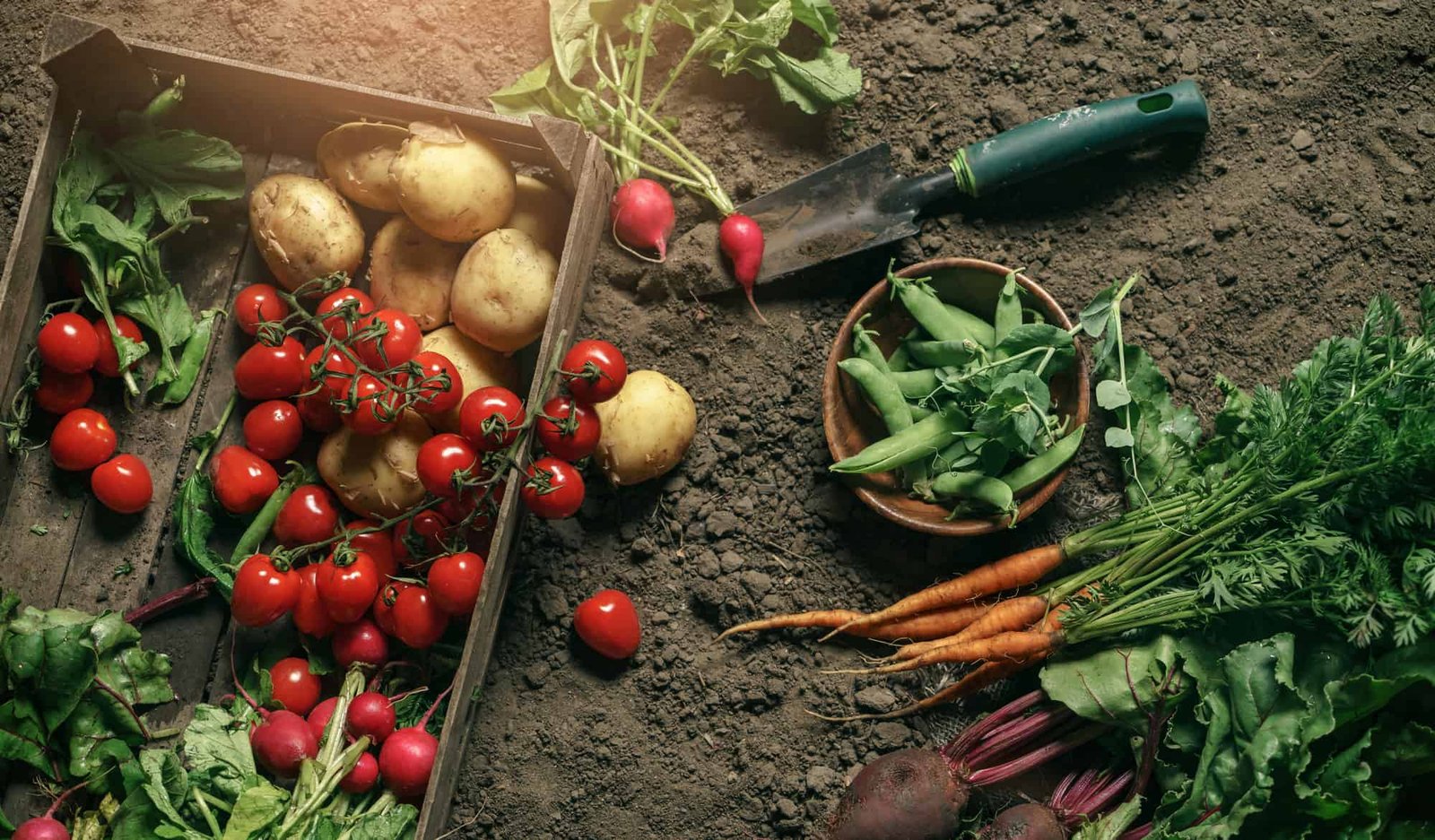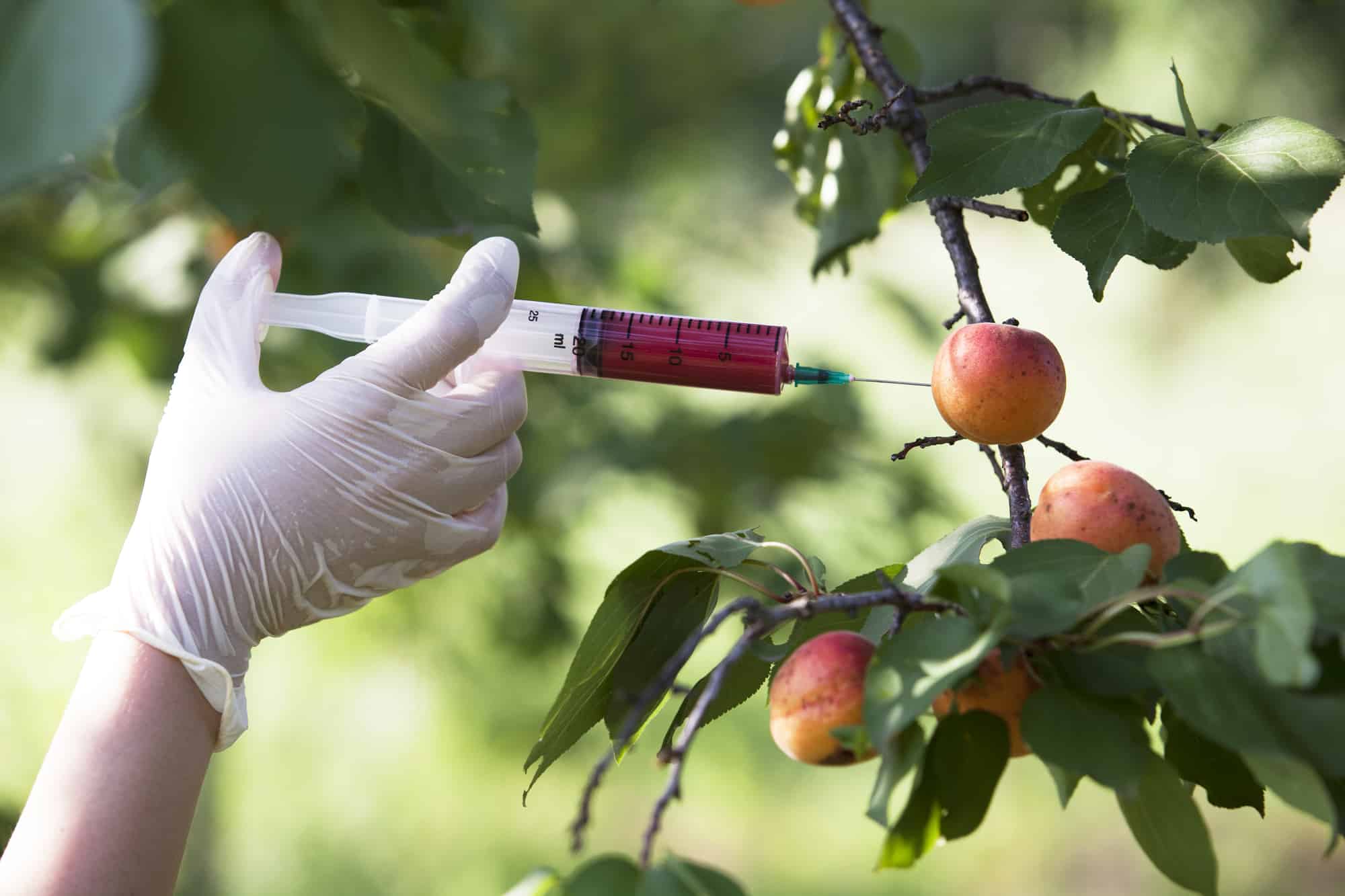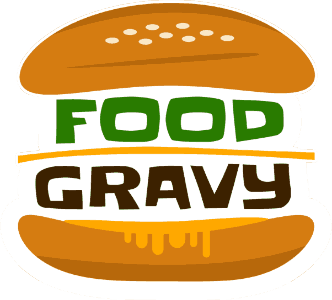We are what we eat. Our food preferences are all the more important in this time and age, as we are prone to issues like deadly pandemics, climate change, world hunger, drought, and an endless list of health issues. It is obvious that people are getting conscious of their lifestyle choices. And, this sudden attention has triggered people to look for healthy food options. However, with the reintroduction of the term “organic foods”, people are confused about choosing a better product.
Difference Between Organic Foods and GMOs!

In order to understand the differences between organic foods and GMOs, we need to consider the entire human history. You might wonder why. Because the current misinformation cesspool (i.e.) the internet contains armchair experts on both sides fighting each other. It is important that we listen to experts in the appropriate fields instead of some badly designed and dysfunctional forums.
Agricultural Revolution
Author Yuval Noah Harari’s book “Sapiens” briefly covers our entire human race’s past. In the African continent around 200,000 years ago, early humans (homo sapiens) evolved from their predecessors. They were hunter-gatherers and moved from one place to another in search of food. Foraging for food from plants and hunting animals were their primary sources of diet. They lived in small tribes of a few hundred people, and the availability of resources was uncertain. The populations started to migrate out of the continent due to the non-availability of food, bad climatic conditions, and so on. About 12,000 years ago, the domestication of animals took place, and it proved to be helpful for food and transport. Our ancestors started to settle and grow their own food. This transitional period is known as the First Agricultural Revolution.
Green Revolution
With the world’s population growth moving on an upward trajectory consistently over the centuries, societies are finding it difficult to provide the basic necessities for their people. Since the turn of the 19th century, agricultural production could not meet the demand. The world economy was drained because of the world wars. There was an acute shortage of food worldwide. And then, people realized the world hunger problem was real. Novel innovations were introduced to the whole process and replaced the traditional agricultural practices. Specialized machines and artificial fertilizers were used to improve and accelerate the process of agriculture. Strong pesticides were developed and used to avoid harm because of insects, rodents, microbes, etc. Research paved the way for GMOs which in turn increased the yield multifold. This systematic improvement led to a significant increase in agricultural production and is known as the Green Revolution.
What Is Organic Food?

Organic foods are produced in the traditional way without the use of chemical fertilizers, pesticides, preservatives, or any genetic modifications. Standards for organic foods fluctuate from country to country. Do not confuse non-GMOs with organic foods. Non-GMO foods are produced without any alteration to their genetic makeup but could have used other chemical substances like fertilizers and pesticides. The organic food industry has gained popularity again in the last two decades. The reasons vary, and the trend is not looking to slow down soon. There are certain advantages of using organic food. Disadvantages too. Now, let us look into some of the benefits of organic foods.
1. Low Toxicity: Organic foods contain low toxic content. See how I have mentioned “low toxicity” and not “toxin-free”? Organic farmers avoid chemical fertilizers and pesticides. Fertilizers are used to accelerate growth and improve the yield of crops. Whereas pesticides are sprayed on crops to prevent harmful organisms from affecting the yield. The chemicals used are usually effective and serves their purpose. But certain chemicals will have a direct impact on the product and its consumers. For instance, heavy metals and nitrates from fertilizers could accumulate over time and pollute the groundwater. Residue pesticides from plant yields like fruits and vegetables have been known to cause health issues in humans. Many fertilizers and pesticides have been even banned from usage in the past. Many are under consideration to be banned. These chemicals are harmful to humans and the environment as well. And since organic farmers avoid these methods, organic foods have low toxicity. There are many challenges involved for efficient production, distribution, and sales of organic foods, and as a result, organic food products are costly.
2. Natural Properties: Certain organic foods will be rich in naturally available nutrients and could be neutralized or saturated if external factors pitch in. For example, organic milk seems to contain more unsaturated fats like omega-3 fatty acids, which are highly beneficial. According to the researchers, it is because of natural grass feed that the cattle are allowed to graze freely. Now, consider a packaged chicken. Firstly, broiler chickens are injected with antibiotics and growth hormones. This alters the texture of the chicken. The addition of some chemicals would influence even taste and smell. Especially, preservatives transfer their strong properties to the food. At FoodGravy, we have even covered the differences between Country Chicken & Broiler Chicken! Feel free to check it out.
3. Environment Friendly: We have already discussed the toxic effects of fertilizers and pesticides. The production and consumption of organic foods will beneficially impact the environment. Since organic farming avoids the usage of chemical fertilizers and pesticides, farmers have to adopt integrated ecosystems. Cattle and even poultry farms are maintained alongside crop farms. Cattle waste could be used as a biofertilizer. This eliminates the need for harmful chemicals. Usage of some pesticides is not only bad for the “harmful pests”. It could sabotage the much-needed process of pollination by repelling and, at times, killing honeybees. Therefore, organic farming protects biodiversity. Also, the production of organic foods – both plant and animal sources – results in lower greenhouse gas emissions. This ultimately helps us in the battle against climate change.
What is GMO (Genetically Modified Organisms)?

It was all good till the farmers, agro-companies, and governments were happy as they were able to meet the demand. But in due course, it became evident that the production methods need to be upgraded. That’s where GMOs came into the picture.
GMO stands for genetically modified organisms. Both plants and animals can be genetically modified. With the advancements in genetic engineering, the qualities of an organism can be altered. Seeds were modified to provide greater yield with limited resources. And the icing on the cake is that it is now possible to produce organisms with desired characteristics. Size, shape, color, taste, etc., can be altered. They could be engineered to fight diseases and harmful microorganisms. GMOs are not limited to plants and crops. Even cattle and poultry are being engineered to our needs. Why do we need GMOs? Let’s see.
1. High Yield: We need to understand why GMOs were introduced. Why couldn’t we continue doing traditional methods of farming? Why will organic foods alone not be sufficient? Because of population explosion combined with other factors like drought, limited arable lands, diseases, etc., food availability around the world could not meet the supply. By changing the genetic material, plants are engineered to grow large and produce more edible portions. It is now possible to develop plants resistant to infections caused by microbes and insects. GMOs also can be grown with fewer resources like water and nutrients. This results in a considerably higher yield. Likewise, GMO animals have substantial advantages. Faster and bigger growth in cattle and poultry can be achieved by selective breeding. Consider broiler chicken which has been selectively bred to produce thick fleshy meat. Also, to reach its optimal size, it now takes just around six weeks instead of the fifteen weeks taken by its ancestors. This results in increased production, and thus supply can meet demand. This is not possible without GMOs.
2. Sustainable: Sustainability is a huge challenge facing mankind, not just agro-industrialists. The carbon footprint of the agricultural sector is not something to take lightly. GMOs can play a vital role in cutting down the dependence on resources. Ecosystems can be maintained in harmony with each other. Crops could be developed with traits where they use limited resources like water and land more efficiently. Disease-resistant seeds could help in avoiding the usage of pesticides and herbicides. This is beneficial for both the farmers and the consumers.
3. Customization: We know organisms (both plants and animals) are modified for our food needs. What is the need? Desirable traits like color, taste, size, shape, texture, etc., can be altered according to our needs. Cattles are crossbred to acquire specific quality meat. Gene editing can impart distinct flavors in the meat, create better marbling (distribution of fat) and consequently make it more tender. Would you deny eating nutritious, tasty, and sizeable food? Gene editing also can facilitate higher nutrient absorption and storage in plants. This way, GMO foods are a healthy option.
Conclusion: We have covered organic foods and GMOs in this article. It is alright if you still have questions about the choice of food you purchase and eat. Both organic foods and GMOs have certain pros and cons. I have mentioned the benefits above. Organic foods had several benefits for us to reconsider our agricultural methods and consumption habits. But main disadvantages of organic foods right now are the limited supply, heavy lobbying, aggressive marketing, and exorbitant pricing. Organic foods are not as affordable and accessible to an average consumer. In fact, it has been converted into a niche market by the organic foods lobby.
An even more dangerous trend is the vilification of GMOs. There is an unscientific approach towards GMOs that has turned into a conspiracy. Myths like consuming GMOs are unhealthy and even transforms our DNA is being propagated among the masses. This is completely baseless and pseudoscientific in nature. To put things into perspective, all the food we consume has undergone genetic modification in the last 10,000 years, either intentional or otherwise. GMOs do have disadvantages. But, the risks of producing and consuming GMOs are negligible. It outweighs the risks of avoiding GMOs and letting the world go hungry. I hope this write-up cleared your questions and showcased the differences between organic foods and GMOs.








Let's discuss here - Share your thoughts and queries!